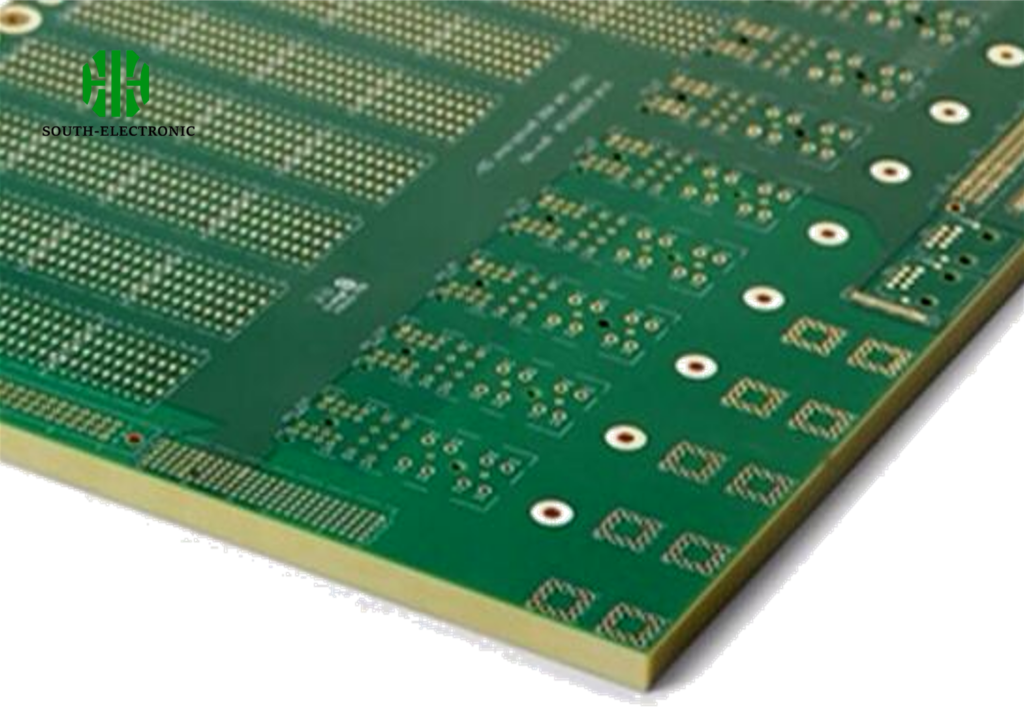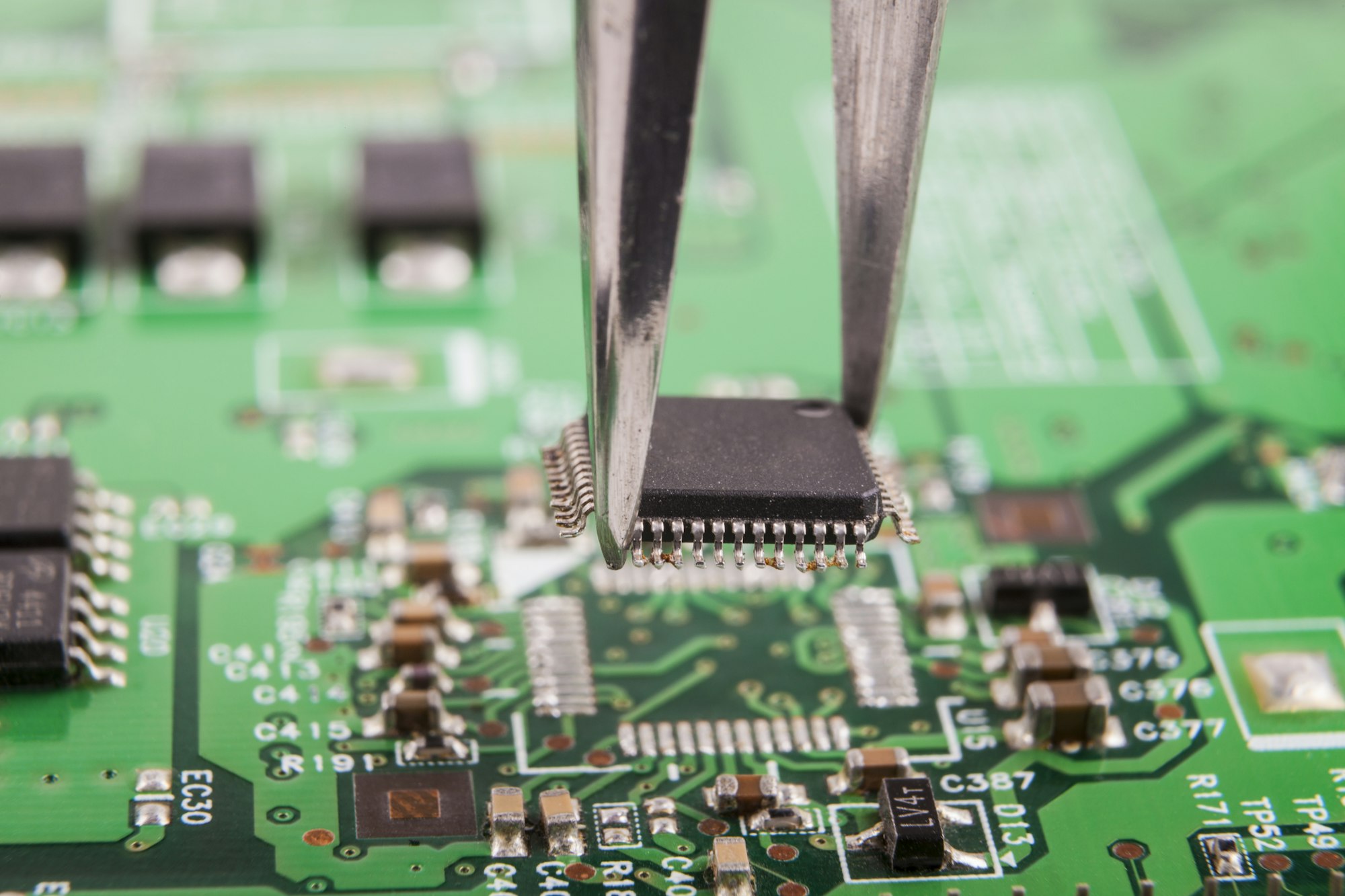What Are the PCB Thickness Standards?
Printed circuit board (PCB) thickness is a crucial factor in electronic design and manufacturing. It influences everything from the durability of the device to its functionality. The standard thickness for most PCBs is around 1.6mm (0.063 inches), though this can vary depending on the specific application and requirements.

Factors Influencing PCB Thickness
PCB thickness is influenced by several factors, including:
- Number of Layers: Multi-layer boards require different thicknesses compared to single-layer boards.
- Material Choices: The materials used, such as FR-4, aluminum, or flexible substrates, can affect the overall thickness.
- Application Needs: Specific applications may require thinner or thicker boards for durability or performance reasons.

Common PCB Thickness Options
Single-layer PCBs usually have a standard thickness of 0.062 inches (1.57mm), while multi-layer boards can vary widely depending on the number of layers and materials used. Here is a table showing common thicknesses for different types of PCBs.
| PCB Type | Standard Thickness | Additional Information |
|---|---|---|
| Single-Layer PCB | 1.57mm | Used in simple electronics |
| 2-Layer PCB | 1.6mm – 1.8mm | Common in consumer electronics |
| 4-Layer PCB | 1.6mm – 2.0mm | Higher complexity and durability |
| 6-Layer PCB | 1.8mm – 2.4mm | Used in more complex electronic devices |
| Flexible PCB | 0.2mm – 0.8mm | Used in wearable and flexible devices |

PCB Thickness in Different Applications
Consumer Electronics
When it comes to consumer electronics, the standard thickness for a printed circuit board (PCB) is usually about 1.6mm. This thickness strikes a nice balance between durability and cost, making it a good fit for devices like smartphones, laptops, and home appliances.
Automotive Industry
In the car biz, PCBs gotta take a lickin’. They gotta put up with all kinds of crap, like crazy hot and cold temps and a whole lotta shakin’. So, to make sure they don’t crap out on ya, they make ’em thicker (up to 2.4mm). That way, they’ll last a long time and keep on workin’ right.
Industrial Applications
When it comes to industrial applications, PCB thickness can differ a lot depending on what the machinery or equipment needs. It can be really thin for small devices or really thick for big, tough industrial machines.

Choosing the Right PCB Thickness
Choosing the appropriate PCB thickness involves considering several factors:
- Electrical Performance: Thicker boards can handle more current and reduce signal loss, which is crucial in high-performance applications.
- Thermal Management: Thicker boards dissipate heat more effectively, which can be essential in high-power or thermally demanding applications.
- Mechanical Strength: The physical strength of a PCB increases with thickness, which can be important in environments where the board will experience stress or impact.
| PCB Thickness | Suitable Applications | Notes |
|---|---|---|
| 0.2mm – 0.5mm | Wearable tech, flexible devices | Very thin, flexible, limited durability |
| 1.0mm – 1.6mm | Consumer electronics | Standard for many applications |
| 1.8mm – 2.4mm | Automotive, industrial | Higher durability and thermal management |
| 2.4mm and above | Heavy-duty industrial | High durability, less common in consumer |

Common Standards and Guidelines for PCB Thickness
Various standards exist to guide the design and manufacturing of PCBs, ensuring consistency and reliability. These include:
- IPC-2221: A widely recognized standard for PCB design, providing guidelines for thickness, materials, and manufacturing processes.
- J-STD-001: Focuses on the requirements for soldered electrical and electronic assemblies, impacting board thickness choices.
PCB thickness is a vital consideration in the design and manufacturing of electronic devices. The standard thickness is typically around 1.6mm, but variations exist based on application needs, material choices, and industry standards.



